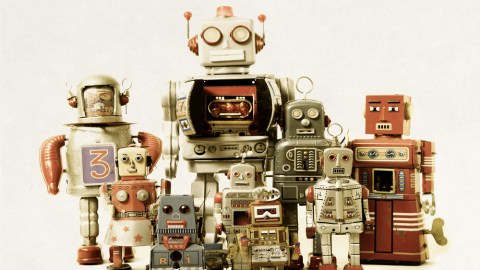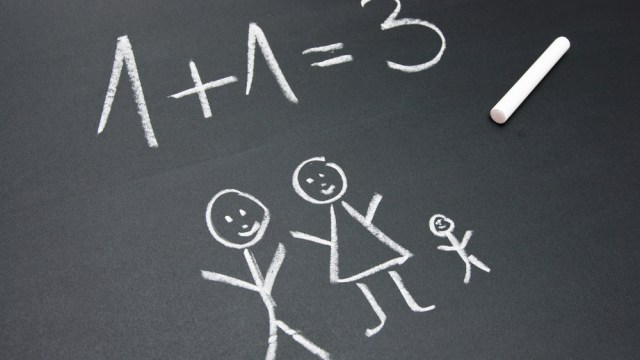Robots Learn to Learn from Each Other, Not Just a Central Database

What’s the Latest?
From self-parking cars to voice-recognition software on smartphones, the ability of individual machines to learn from collected sets of data is the forefront of artificial intelligence research. Now, a team of researchers from MIT have developed a new way for machines to learn directly from each other rather than taking in data from a central processing unit. “MIT’s Laboratory for Information and Decision Systems have developed an algorithm in which distributed agents — such as robots exploring a building — collect data and analyze it independently. Pairs of agents, such as robots passing each other in the hall, then exchange analyses.”
What’s the Big Idea?
The new distributed algorithm outperformed the standard model which relies on a central processor of collected data. And while the model was mostly about robot collaboration, the results could affect big data as well, “since it would allow distributed servers to combine the results of their data analyses without aggregating the data at a central location.” In the future, emergency response vehicles are expected to become increasingly automated so as to put fewer human lives at risk. In such a world, it would be essential for a team of land and air vehicles to accurately assess their surrounding environment and know how to respond as a coordinated team.
Read more at Kurzweil AI
Photo credit: Charles Taylor/Shutterstock





